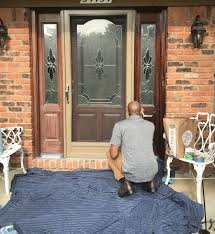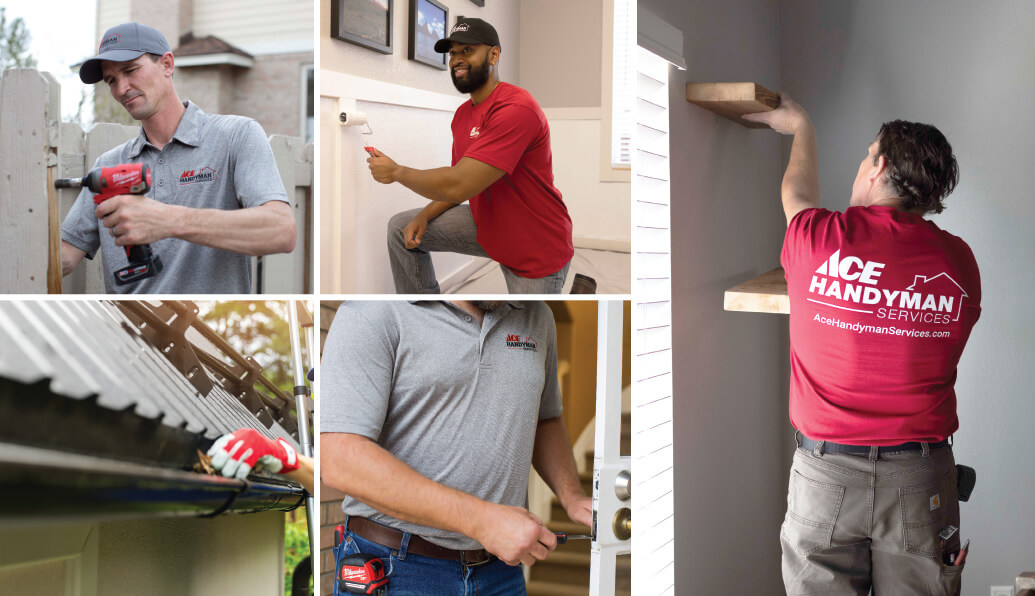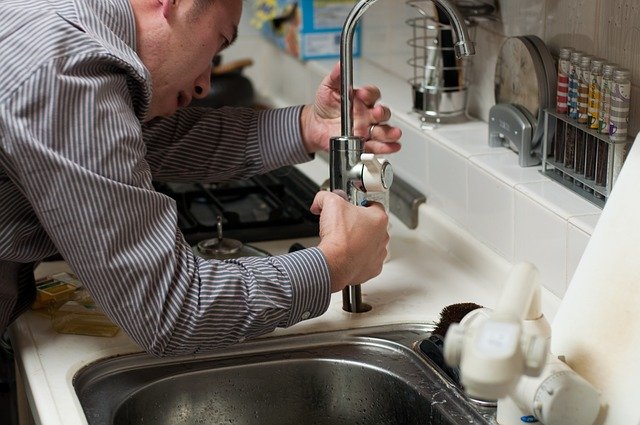
While you might have seen DIY videos on how to install shiplap on walls or ceilings, you don’t know how it works. This article will help you to attach shiplap to studs and stagger the material. Additionally, you will learn about the cost and type to use shiplap. Read on to get started! You've probably all wondered, "How do I install Shiplap?"
How to staggered shiplap
You may be curious about how to create a staggered look with shiplap. This type of shiplap uses boards that are separated so that they do not meet at the same point on all sides. A stud finder will help you to determine the location of your shiplap. You should place the first row of boards at one side, and staggered shiplap on the other.
You will need shiplap adhesive once you have chosen your boards. This adhesive is similar in function to a metal caulk guns and can be found at hardware stores. It is important to ensure that all adhesives are clearly labeled on the package. You should choose an adhesive that's suitable to indoor use if this type is to be used. Once you've chosen the adhesive that is right for your project, you can attach each board on the wall. The adhesive can be applied at the top of each board or at its bottom. The glue will hold the shiplap boards together with gravity.

How to attach shiplap to studs
Installing shiplap is fairly easy and can be done with either nails or construction adhesive. Install the shiplap at the bottom corner of the studs. Using a level to make sure the studs are aligned, nail the board at two points along each stud. Once you have completed the row of shiplap, repeat the process for the next boards. To create your signature shiplap gap, spacers should be placed between each board.
Before nailing shiplap into studs, you must locate drywall if you are working over existing drywall. You can use a stud locater to help you find the studs. You can use chalk to mark the studs if you are unable to find them. This will stop shiplap being incorrectly installed. Once you've located the studs you can attach shiplap to the walls.
Shipping costs
How much does it take to install shiplap on walls? Shiplap's cost depends on the size of the shiplap, its type, and labor. Interior installations cost anywhere from $500 to $1500 depending on how large the wall is. Most homeowners spend between $500 to $1,500. The cost of installation can be lower depending on how big the room is. This article explains how much it will cost to install shiplap and where to find the best deal.
The most common materials used to create shiplap are hardwood and cedar. Hardwood prices range from $0.80 to $4.00 a square foot depending on the quality of the wood or the manufacturer. The size of your wall and the amount you require of shiplap will affect the price. It will cost approximately $4.00 per square foot for a home of average size with 500 to 3,000 feet of exterior walls. Cedar is more expensive, but it lends a more sophisticated look.

The right type of shiplap
There are many kinds of shiplap, including plywood, medium density fiberboard, and pine. Depending on the width you need your shiplap boards to reach, you may choose a different material. While pine can be more difficult to work in, MDF and ply wood are easier to use and produce the exact same effect as shiplap. Ply wood is also lighter and smoother than MDF, so it is a great choice for homeowners who are on a budget.
Choose the right type of shiplap for you. Shiplap was originally used by the Vikings for building boats. The planks are interlocking, waterproof, and have grooves that allow for precise overlapping. Shiplap boards used to have a narrow width which allowed them fit together and stack up. Modern shiplap doesn't necessarily follow these rules, and it often is made from low-maintenance materials, like MDF.
FAQ
Who will complete my handyman work?
Professional handymen are the best option if you're looking for someone local who can do a job such as replacing a light bulb or fixing a leaky faucet. A handyman service might be a good option if you have multiple jobs to do, such as replacing a roof or installing floor tiles.
Handyman Services offers you ongoing support and maintenance.
Can a handyman give me suggestions for how to improve my home's condition?
Absolutely! A handyman is skilled in all aspects of home maintenance and repair. He or she knows what needs to be fixed and what doesn't. Don't be afraid to ask for help whenever you need it.
What is the distinction between a handyman & a carpenter
Handymen can be hired to help with a variety of projects such as painting, plumbing and electrical installation, cabinet making, flooring, tile, kitchen remodeling, furniture assembly, and cabinet repair. Carpenters specialize in woodworking. Carpenters can construct cabinets, doors, windows and stairs.
Statistics
- “Before the pandemic, 40% of people asked how we could estimate a job when we weren't there,” Rose recalled. (inquirer.com)
- According to the U.S. Bureau of Labor Statistics, in May 2020, there are 1,357,630 handymen employed in the U.S.. (angi.com)
- With a strong housing market, the handyman and general maintenance worker industry are expected to grow by nearly 10% in the next decade. (housecallpro.com)
- Mila keeps a commission of 20% for each completed service performed by Friends and charges various service fees regarding work done by Pros. (appjobs.com)
- A franchise was approximately $110,000 with a franchise fee of $14,900, according to a spokesperson for a national handyman franchise. (en.wikipedia.org)
External Links
How To
How to replace a damaged tile
Step 1 - Remove the old tiles.
Removing the tiles from your flooring is a good idea. If you plan to use these tiles later, it is important that you keep them in good condition. If they're damaged or missing pieces, note which ones they were so you don't run into problems finding replacements.
Step 2 – Choose New Tiles
Take a look at some different options available for tile replacement.
-
You should find a similar tile to the one that you've just taken out.
-
To match a tile, you can use the measurements you took after removing it. This will make it easy to get the correct size without having again to measure.
-
Be open to different colors, patterns or textures.
-
Consider the grout you want to use. Some prefer a solid color, while others like mixing it up.
-
Make sure the tile you select is resistant to moisture.
-
Also, think about where you want to place your new tile. This will help you save time and money.
-
Once you've picked your tile, place an order online or call your local Lowe's location to place it.
Step 3 - Place the tiles.
Install your tiles using the same method you used before. Make sure they are aligned correctly so that they fit together perfectly.
Step 4 – Clean up
Before putting down the final layer of protective material, clean up all the debris from the floor.
This will prevent dirt or dust from collecting between the tiles and causing mold.
Step 5 -- Sand the Floor
After everything has been cleaned, sand it down to remove any remaining particles from the previous steps.
Step 6 – Finish Off
Once the floor is smooth, apply the protective coatings. You should wait until this stage as wet paint can stain new tiles.
Remember, you can always use a product called "damp-and-dry" on your floors to help protect against stains.
But it won't address every issue that might arise after installing your new tiles. An anti-slip coating can be added to the protective layer for children who are often running around.
And finally, remember to leave the protective sealer on for several weeks before moving back into your home.